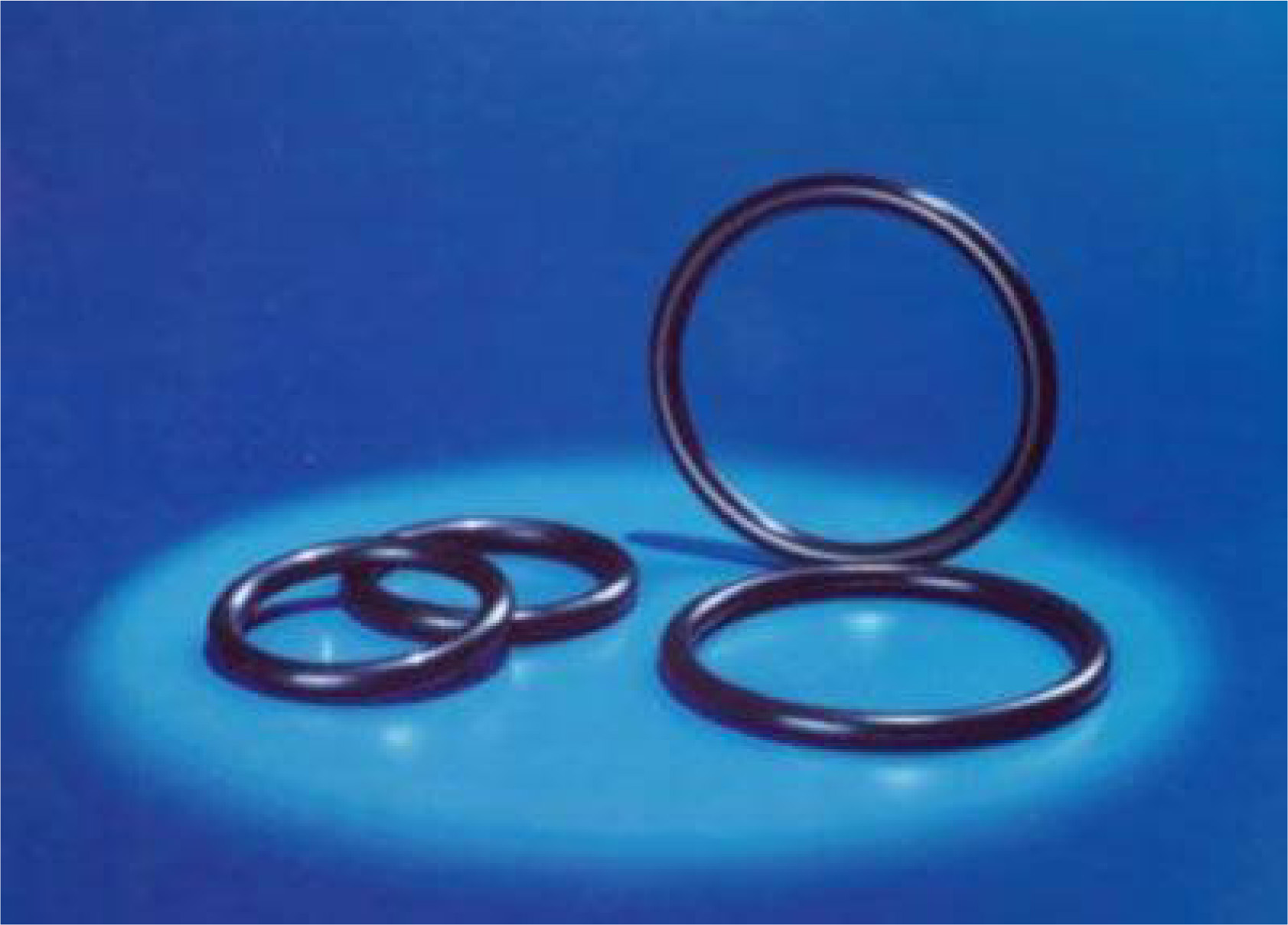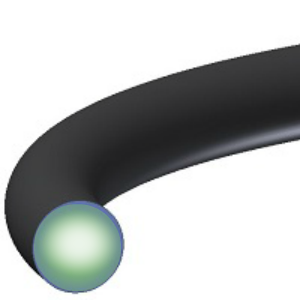O-Ring

- VALQUA No.
- F4640
- Product name
- FLID
- Shape
- O-RING (High performance elastomer)

- Features1
- Versatile
- Features2
- Non-oriented sealing
- Inventory status
- Manufacturable product
- Standard size
- ・JIS B 2401
・AS 568 - Type
- Squeeze
- Application classification
- Common use
- Pressure classification
- Vacuum
- Standard material
-
none
- Non-standard quality of material (adaptable material)
-
Non-standard materials are subject to the material selection criteria
- Sealing direction
-
Flat surface Cylinder Cylindrical piston Cylindrical rod ○ ○ △ △ - Size
- All



